Now that we know we need air (or any other medium) to hear and that it doesn't move all the way from the sound source to the receiver, we wanted to investigate what the air is actually doing. We started with an agreement on what mediums look like at the particle level:
After agreeing that these mediums are made of molecules with varying amounts of space around them, we wanted to see what happens when the force of a beating drum (sound source) comes in contact with one of those mediums (air, for example). We built out a physical model to begin to see that the air molecules are colliding with each other, and that these collisions continue on to the sound receiver.
After seeing our classmates become "air molecules," this was all beginning to make more sense to us about these collisions looking like a wave (almost like dominoes or the wave game in a baseball stadium). We agreed to add the following idea to our model tracker:
We'd love to zoom-in on this process, but we're not really sure you can do that. In the meantime, we're back to the drawing board with our investigation ideas from the start of this. Maybe there's some kind of simulator that can help us see what is really happening to the air molecules when vibrations/collisions begin!
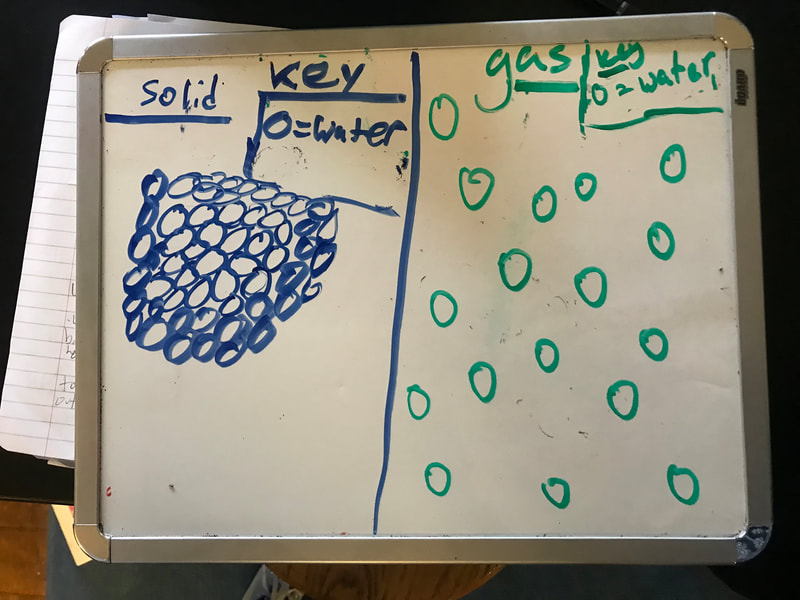
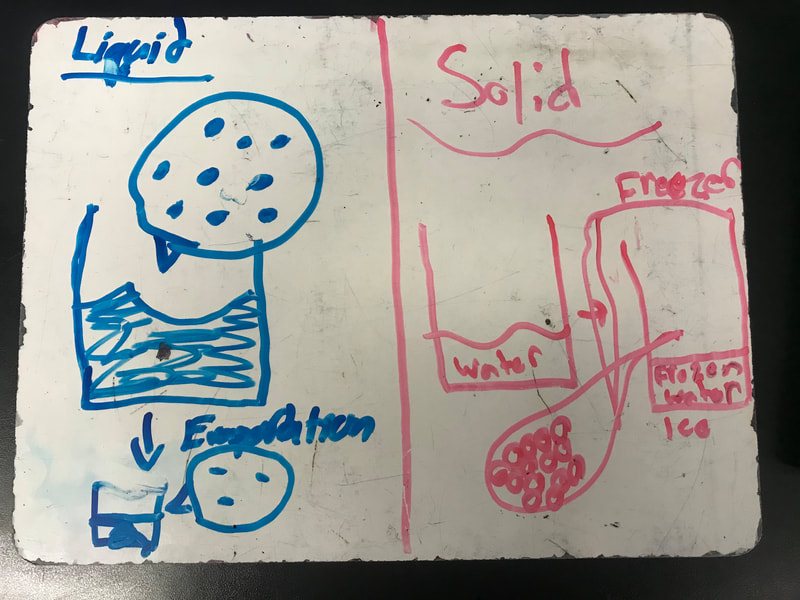
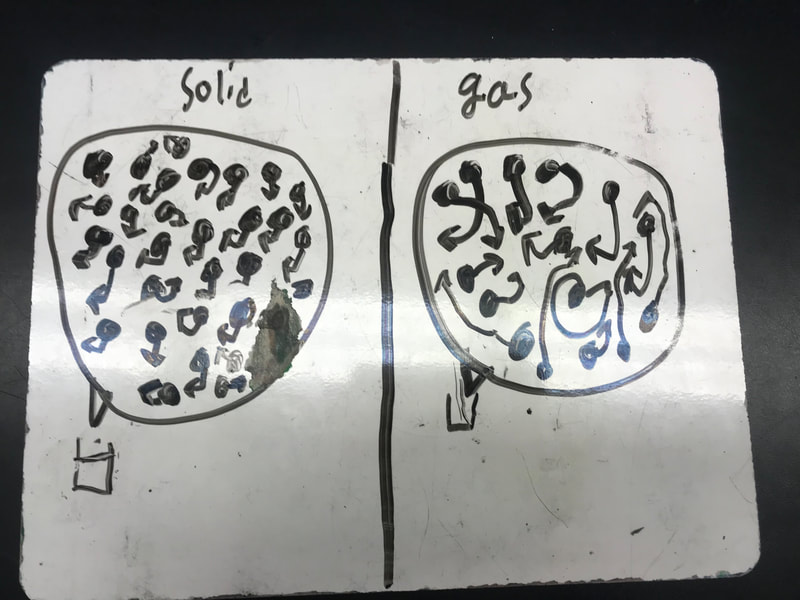
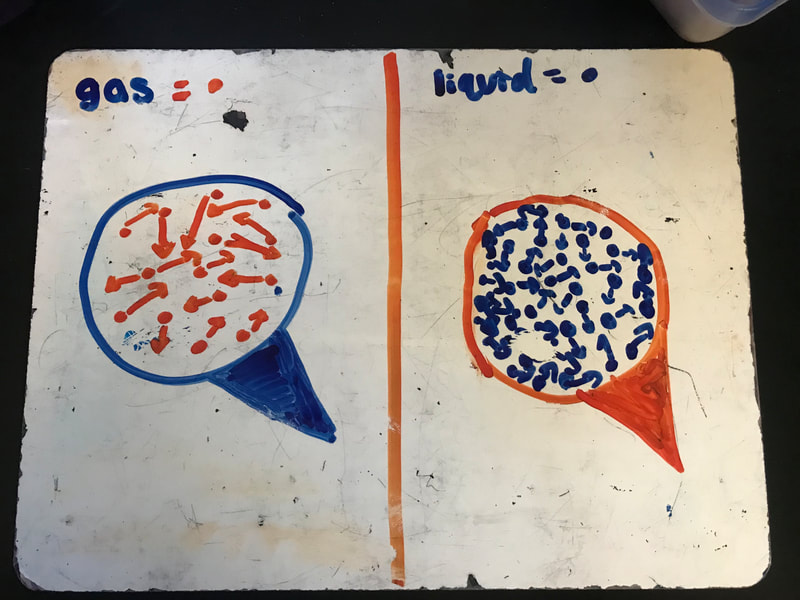
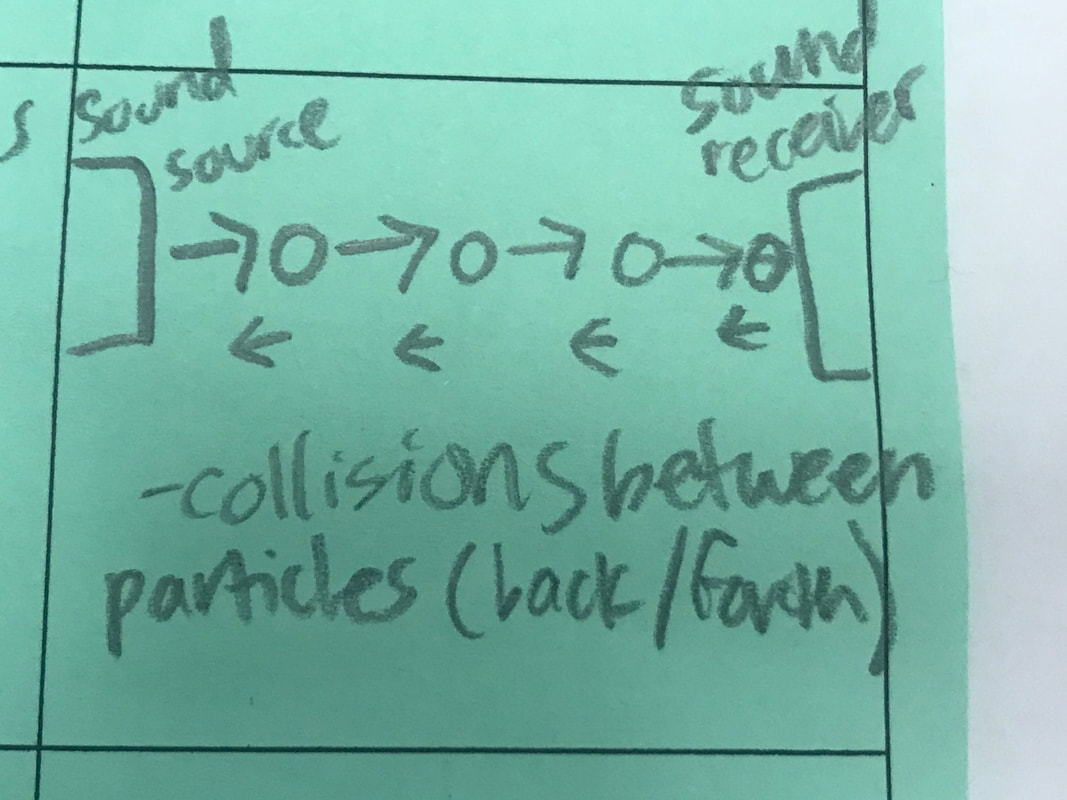
 RSS Feed
RSS Feed